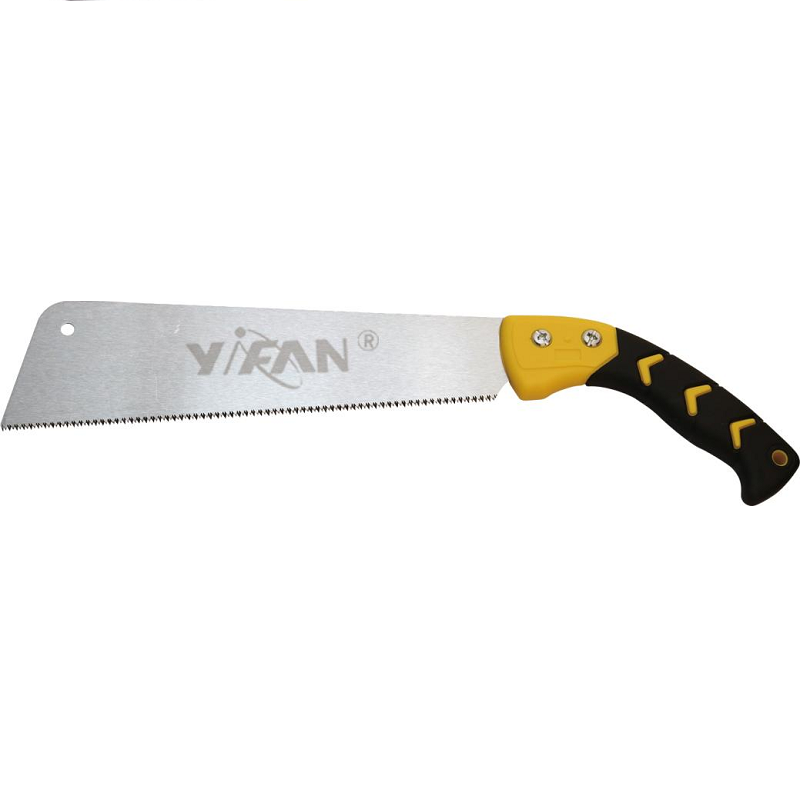A tenon saw is a vital tool in woodworking, specifically used for processing mortise and tenon structures. Its unique design and functionality make it an essential tool for any woodworker. In this article, we will delve into the components and features of a tenon saw, as well as its maintenance and usage.
Components of a Tenon Saw
A tenon saw is typically composed of three main parts: a saw blade, an iron handle, and an adjustment device.
Saw Blade
The saw blade is the heart of the tenon saw, responsible for the precision cutting required in mortise and tenon joinery. It is commonly crafted from high carbon steel or alloy steel, providing it with high hardness and wear resistance. The width and thickness of the saw blade vary according to different processing requirements, and are usually narrow and thin to enable precise cutting on wood.
Iron Handle
The iron handle of a tenon saw is usually made of sturdy steel, providing a stable grip and operating stability. The shape and design of the iron handle are usually ergonomic, allowing the user to hold and operate the tool comfortably.
Adjustment Device
The adjustment device is used to modify the angle and depth of the saw blade to meet different mortise and tenon processing requirements. It typically includes components such as an angle adjustment knob and a depth adjustment screw, allowing for accurate control of the cutting angle and depth of the saw blade.
Functionality of a Tenon Saw
The tenon saw is designed to accurately cut according to specific design requirements, allowing for precise control of the size and shape of the tenon and mortise. This precision ensures that the processed mortise and tenon structure has a high degree of fit, guaranteeing the tightness and firmness of the wood connection.
Versatility
A tenon saw can be used for processing all kinds of wood, whether it is hardwood or softwood, providing smooth and precise cuts. Additionally, for wood of different shapes and sizes, the angle and depth of sawing can be adjusted to meet specific processing needs.
Maintenance and Care
The structure of the tenon saw is relatively simple, mainly composed of a saw blade and a handle, resulting in a low failure rate and ease of maintenance and repair. Even in harsh working environments, it can be used normally.
After use, it is essential to clean the sawdust and dirt from the tenon saw promptly. The saw blade and iron handle can be wiped with a brush or a damp cloth, followed by drying with a dry cloth.
Due to the tendency of the iron handle to rust, it is advisable to apply a rust inhibitor after each use to prevent corrosion.
Storage
To maintain the longevity of a tenon saw, it should be stored in a dry, ventilated place to avoid moisture and direct sunlight. Additionally, storing the saw blade and iron handle separately can prevent damage to the iron handle.
Conclusion
In conclusion, the tenon saw is an indispensable tool for woodworking, offering precision, versatility, and ease of maintenance. Understanding its components, functionality, and proper care is crucial for maximizing its efficiency and lifespan. By following proper maintenance practices, a tenon saw can remain a reliable tool in any woodworker's arsenal for years to come.

Post time: 10-24-2024




